- Joined
- Jul 28, 2007
- Messages
- 2,033
Rhino|1386801367|3572262 said:ericad|1386798359|3572225 said:Dreamer_D|1386797778|3572218 said:Yssie|1386790294|3572092 said:Circe|1386738536|3571784 said:Me, I've always gone for the darker-hued stones. When I got engaged, I had a choice between a D and a J ... and I went with the J, and never looked back. In "blind taste tests" since then, I've been pretty consistent in that regard: inevitably, my sweet spot is somewhere in the near-colorless to faint-yellow range ... I'd say J to N, not having seen too many lower than that that weren't sufficiently tinged so as to be distinct in their demonstration of their body color. (For that matter, so was the N, but since it was a 4 carat AVC, I most certainly did not mind.) I guess my preference is for off-white ... doesn't so much matter what the underlying tone is, so long as it's neither stark nor noticeably yellow or champagne.
Circe, I genuinely prefer lower-coloured stones too - the darker, mellower, NotQuite"White"ButNotYetYellow J/K/L/M range is my favourite. It seems that range in particular is either adored or despised with little in-between! I have a beautifully cut 0.8ct E that I honestly just dislike, it's too bright icy white for me... Reading Smith's post was eye-opening - a good number of her reasons for loving her Ds and Es are exactly the things I object toGuess people vary after all

I also like this color range in part because I feel like they really show of the patterning. We use the term "personality" all the time to describe these colors and their chameleon appearance and the way that environmental colors really dramatically change this range of tints much more than colorless diamonds, which seem to stay white always. I want to get a handle on what this term "personality" means. Clearly, the color shifts. But I feel like it also has something to do with how the cut of the stone in perceived. Any thoughts ladies?
I think of personality as being each stone's unique and individual charm, which is comprised of many qualities: faceting style, color, symmetry, age, etc. Perhaps this is why "personality" is most often used to describe old cuts - because you see a lot more variation from stone to stone. No two antique OEC's will ever look alike in the same way that precision cut stones look alike. Hence each stone has its own unique "personality" or combination of attributes that makes it unique.
To borrow a quote from one of my favorite movies, I would say that this applies to diamonds too:
“Wine is like people. The wine takes all the influences in life all around it, it absorbs them and it gets its personality."
French Kiss (1995) – Luc (Kevin Kline)
Hi Erica,
I get what you're saying but here in NY and around the country I commonly see vendors romancing diamonds that are sloppily cut and with horrendous optics which aren't what I'd say "take in the influences in life all around it" but more a matter of "this is the largest diamond I could get from the rough". It's true there are absolutely beautiful OEC's but IMHO they are rare exceptions. There's a lot of crap out there being marketed as great that simply isn't. My .02c
Hope this finds you well.
Kind regards,
Jonathan
You and I will always agree to disagree on this one, Jon. I assume our inventory isn't comprised solely of those "rare exceptions" as you call them, yet every stone on our site is beautiful to us, and will be beautiful to the person who buys them. And every day we pass on stones that we wish we could buy because there are so many beautiful ones out there.
But then again, we're both a tad biased, are we not? You have a reason to call genuine old cuts "crap" (you have your reproduction AV's to sell, after all) just as I have a reason to preserve and praise them. Though I suspect that there are many on PS who own and love even misfit stones and wouldn't trade them for anything in the world.
You don't have to have an appreciation for the beauty of these old stones, but it's quite inflammatory to state that the majority of old cuts are sloppy, horrendous pieces of crap. I pity any old cut that enters your shop - that's a very judgmental position to take when clearly old cuts are in demand and people love them, even if you don't.
Also, the point of my quote was to suggest that diamonds are like people, in response to the question asking how we define "personality" in a stone. The same way we define it in people. Wine is like people, antique diamonds are like people. Quirky, flawed, showy, shy, loud, quiet, sophisticated. warm, cool. I could use any of these words and more to describe people and to describe old stones too. Make sense?

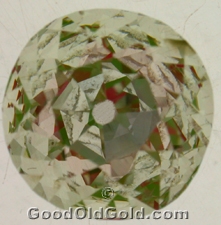
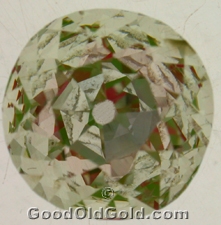
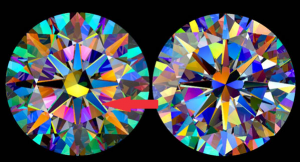
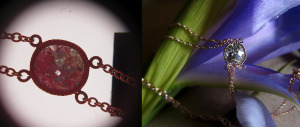
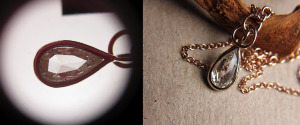
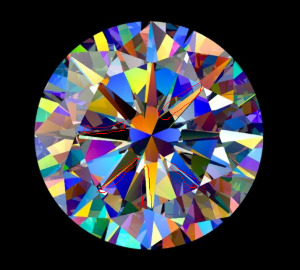
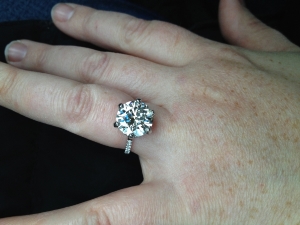
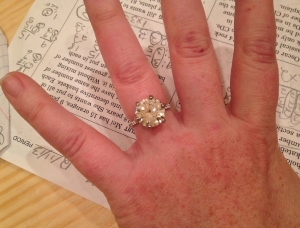
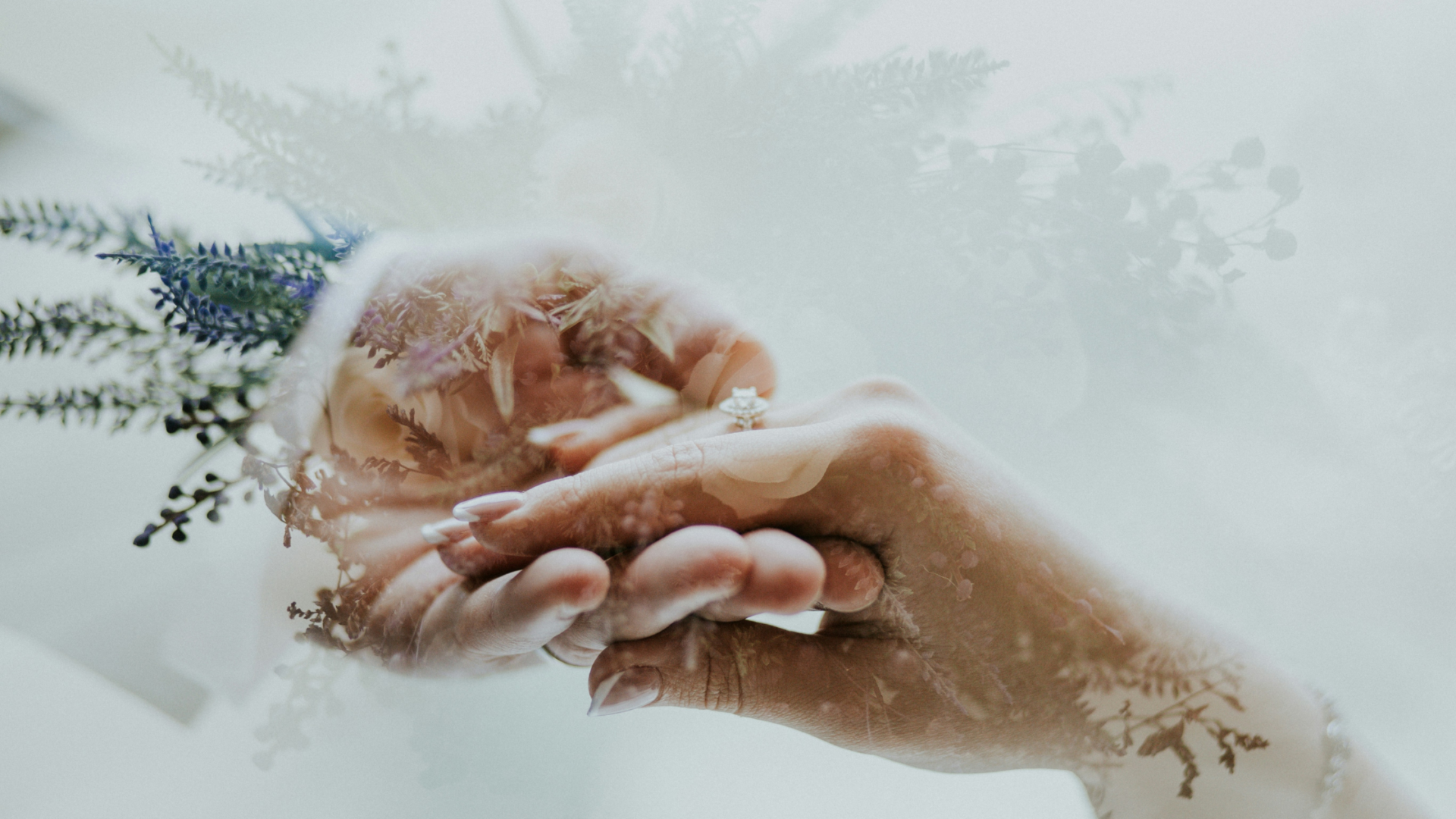

300x240.png)